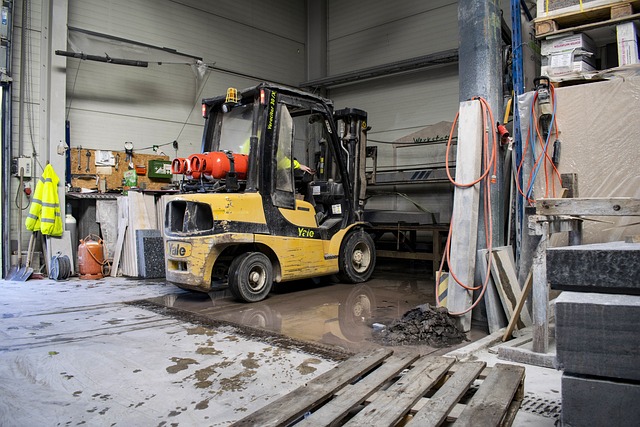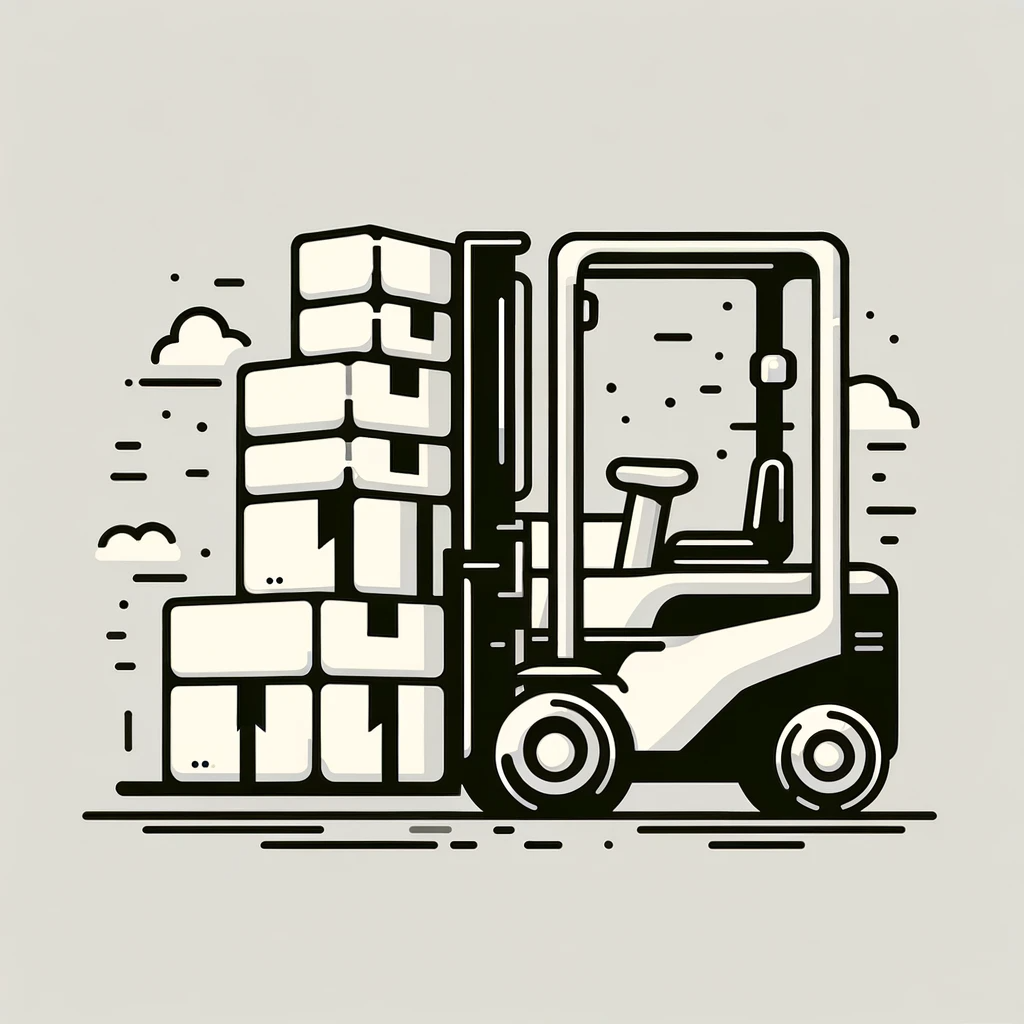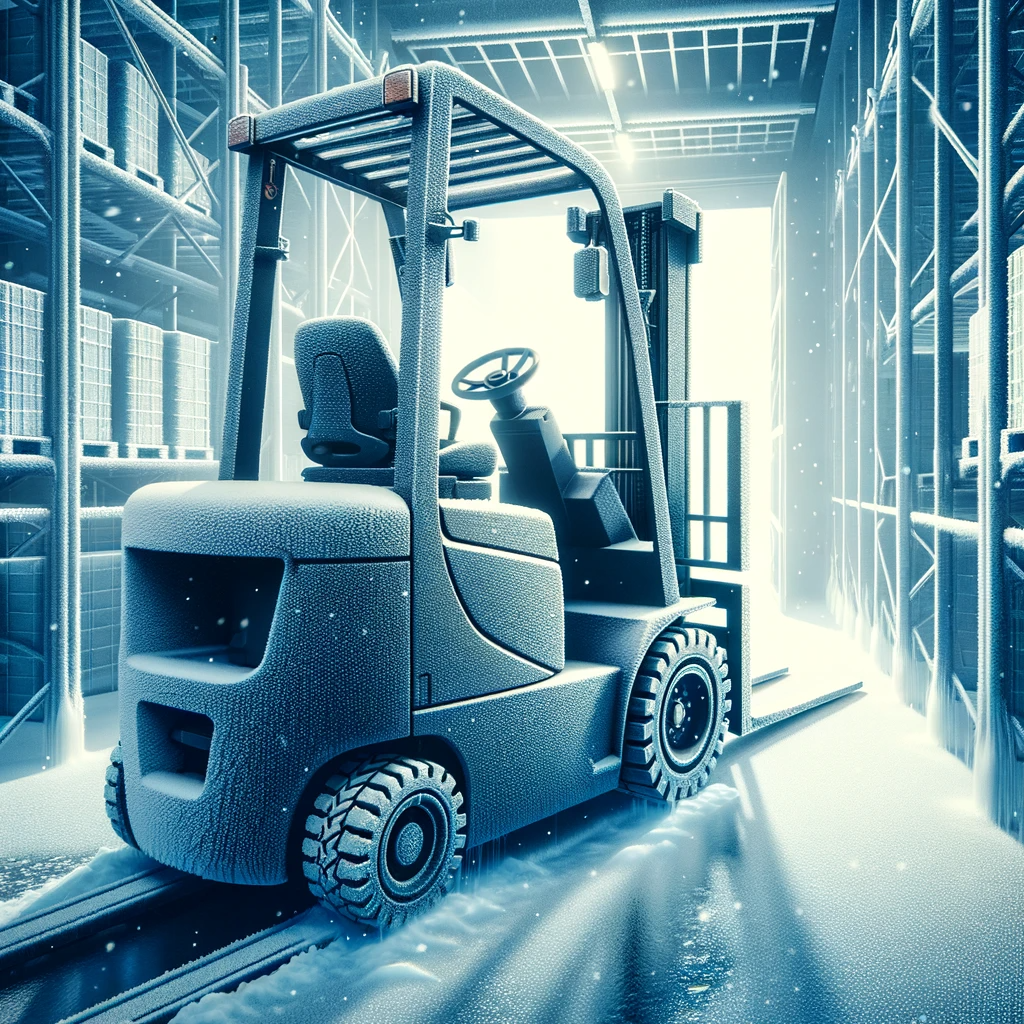In the bustling heart of distribution centers, warehouses, and similar facilities, forklifts are indispensable. These powerful workhorses play a critical role in daily operations, ensuring efficiency and productivity. A well-maintained forklift can boast an impressive operating life of over 10,000 hours, which equates to approximately seven years of relentless service. However, the journey of a forklift is not devoid of wear and tear, and there comes a pivotal moment for every owner: the decision to repair or replace the forklift.
When to Consider Replacing Your Forklift
A forklift, over its thousands of operating hours, inevitably accrues damage and shows signs of aging. Certain issues are clear indicators that it might be time to say goodbye to your old forklift and welcome a new or refurbished one. These signs include:
- Difficulty lifting loads, indicating a loss in efficiency and potential safety risks.
- Incidences of dropped loads, which compromise safety and productivity.
- Clogged hydraulic lines and persistent fluid leaks, which can lead to major failures.
- Suspension imbalance and unresponsive steering, affecting the forklift’s maneuverability and safety.
If your forklift requires four or more work orders in a year, consider this a red flag. The downtime and repair costs could outweigh the investment in a new or refurbished forklift, which would likely be more reliable and require less unexpected maintenance.
To further assess the situation, calculate your forklift’s maintenance cost per hour.
When Repairing Your Forklift Makes Sense
The decision to repair a forklift largely depends on its type and condition. Gas-powered (ICE) forklifts, which include those running on diesel or propane, often require more maintenance due to their numerous moving parts. Despite this, their average lifespan ranges from 10,000 to 12,000 hours, with proper care extending their usability.
Electric forklifts, on the other hand, boast an even longer average lifespan of up to 15,000 hours. They require less maintenance, though regular battery charging or replacement, along with tire changes, are essential for their operation.
If the issues with your forklift can be resolved through replacement parts, thereby extending its operating life, then repairing is a viable option. However, if your forklift is over 6 years old or has reached the 10,000-hour mark and needs significant repairs, comparing the cost of replacement with new or refurbished forklifts on the market is wise.
Choosing Between New and Used Forklifts
When the decision leans towards replacement, you’re faced with the choice of buying new, used, or even renting a forklift. Purchasing—whether new or used—is generally more cost-effective for long-term use compared to renting. It’s crucial to evaluate your specific needs, operational demands, and budget when making this decision.
Platforms like Industrial Forklift Truck offer a streamlined process for comparing forklift options, allowing you to obtain multiple quotes from local dealers. This ensures that you make an informed decision, selecting a forklift that aligns with your operational requirements and budget constraints.
The decision to repair or replace a forklift hinges on a detailed analysis of its current condition, operational costs, and the comparative advantages of investing in a new or refurbished model. By carefully considering these factors, you can ensure the continued efficiency and productivity of your operations, with a forklift that best suits your needs.




